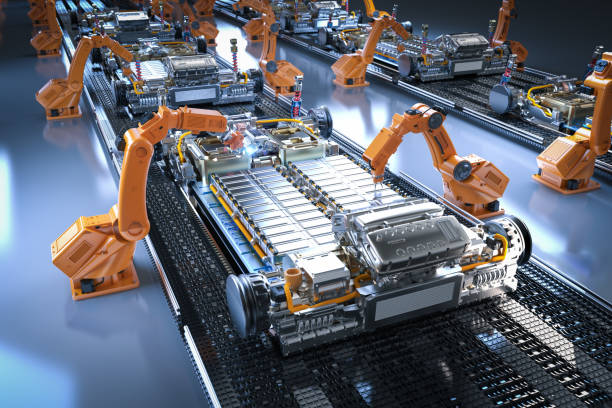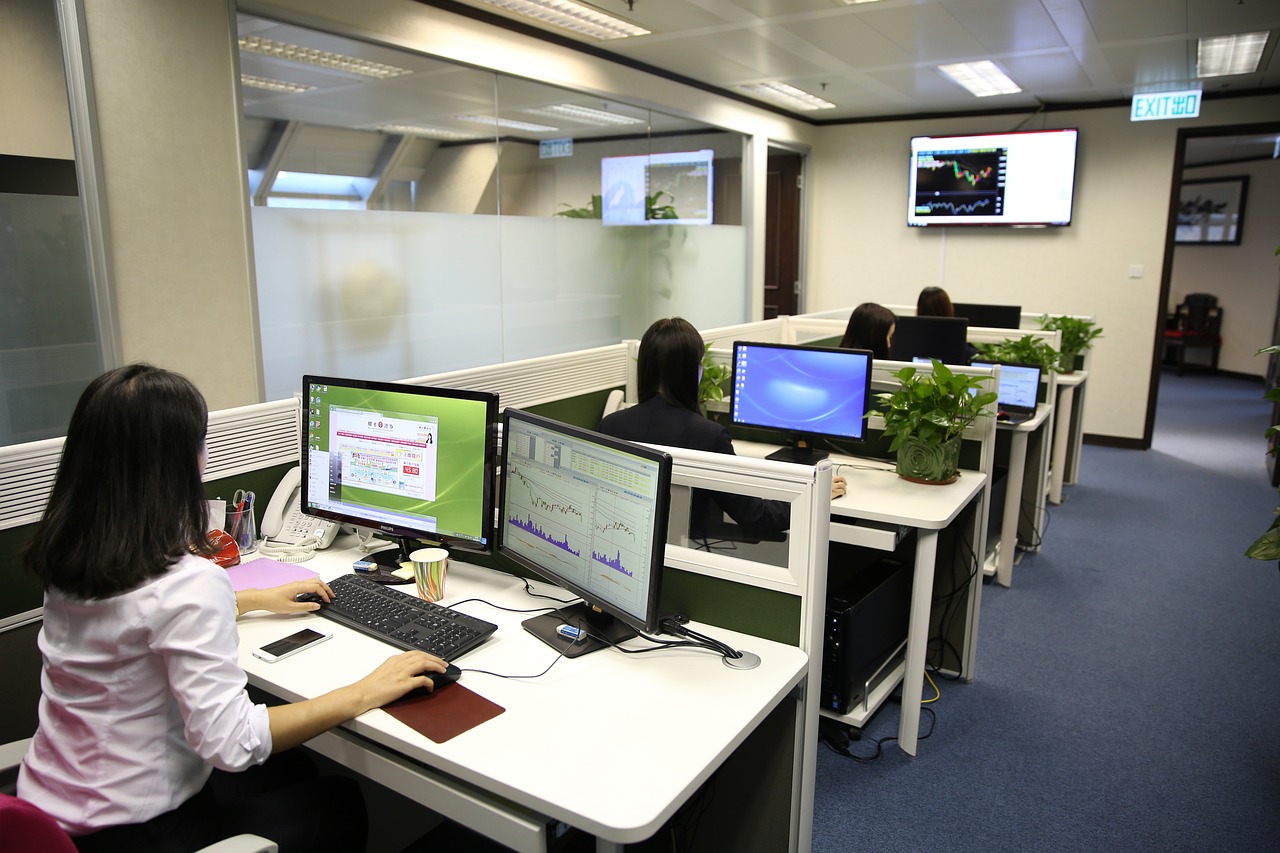
Industrial Marvels: Powering the Engines of Advancement
This piece highlights seven key advancements driving industrial growth and transforming our lives, highlighting the continuous progress driven by incredible technologies and innovations.
• The Birth of Steam Power
The 18th century saw a significant shift in industrial capabilities with the advent of steam power. James Watt’s improvements in the 1760s made steam engines more efficient, leading to increased productivity in industries like textiles and mining. Steam-powered locomotives and ships transformed logistics, facilitating faster movement of goods and resources, facilitating global trade and industrial expansion. This era shifted economies from agrarian systems to industrial powerhouses.
• The Impact of Electricity
Electricity revolutionized industrial advancements, enabling sophisticated machinery and factory automation. Thomas Edison’s incandescent light bulb and Nikola Tesla’s AC systems revolutionized electricity transmission, enabling power grids for entire cities. Electricity also facilitated communication innovations like the telegraph and telephone, enabling faster and more reliable information exchange. Today, electricity is an indispensable part of modern industrial society, supporting growth and technological advancements by providing seamless power to machines, homes, and digital devices.
• The Role of the Assembly Line
The introduction of the assembly line by Henry Ford in 1913 revolutionized manufacturing processes. This innovation significantly reduced the time it took to produce complex products, initially showcased in the automotive industry. By breaking down production into smaller, repetitive tasks, the assembly line ensured that unskilled workers could perform specific roles efficiently. This method not only cut production times but also reduced costs, making products affordable to the masses. The success of this approach quickly spread to other sectors, including electronics, appliances, and consumer goods. The assembly line’s efficiency contributed to the rise of mass production, meeting the growing demand for various products worldwide. This systematic approach also fostered further innovations in manufacturing technologies and quality control, ensuring that products were not only produced quickly but also maintained a high standard of quality.
• The Digital Revolution
The advent of digital technology has profoundly transformed the industrial landscape, ushering in an era of unprecedented connectivity and efficiency. Computers and digital communication systems have streamlined countless processes, enhancing productivity and accuracy across industries. The Internet and computer networks have facilitated real-time data sharing and collaboration among global teams, reducing the constraints of geographical locations. Automation and robotics have introduced new levels of precision and speed into manufacturing, performing tasks that were once labor-intensive and time-consuming. Digital advancements have also led to the creation of smart factories, where interconnected devices and systems communicate seamlessly to optimize production and maintenance processes. Innovations such as 3D printing have redefined prototyping and production, enabling rapid, cost-effective manufacturing of complex designs. The digital revolution continues to drive industrial growth by fostering innovation, enhancing efficiency, and enabling smarter decision-making through data analytics.
• The Rise of Renewable Energy
The growing focus on sustainability has driven significant advancements in renewable energy technologies, reshaping the industrial landscape. Solar power, wind energy, and hydroelectricity have emerged as vital sources of clean energy, reducing dependence on fossil fuels and mitigating environmental impact. The development of photovoltaic cells and wind turbine technology has made renewable energy more affordable and efficient, spurring widespread adoption. Industries are increasingly integrating renewable energy sources to power their operations, reducing their carbon footprint and operating costs. Innovations in energy storage, such as advanced batteries, have addressed the intermittency issues associated with renewable energy, ensuring a stable and reliable power supply. Governments and organizations worldwide are investing in research and development to further enhance the efficiency and scalability of renewable energy technologies. This transition to sustainable energy sources is not only preserving natural resources but also fostering economic growth through the creation of green jobs and industries.
• The Evolution of Logistics and Supply Chain Management
Logistics and supply chain management have evolved significantly, driven by technological advancements and the need for greater efficiency. Modern logistics systems use sophisticated software and tracking technologies to manage the flow of goods from production to end-users. Innovations such as GPS and RFID (Radio Frequency Identification) have enhanced inventory management, ensuring real-time visibility and reducing the likelihood of stockouts or overstocking. Advanced logistics platforms use big data and AI to optimize routes, reduce transportation costs, and enhance delivery times. E-commerce has further transformed logistics, emphasizing the need for quick, reliable, and flexible delivery systems to meet consumer demands. Moreover, developments in autonomous vehicles and drones are poised to revolutionize last-mile delivery services, offering faster and more efficient solutions. Sustainable logistics practices are also becoming a priority, with companies seeking to minimize environmental impact through the use of electric vehicles and optimized delivery networks.
• The Promise of Artificial Intelligence (AI) and Machine Learning
Artificial Intelligence (AI) and Machine Learning are at the forefront of industrial innovation, offering transformative potential across various sectors. AI-driven systems analyze vast amounts of data to derive actionable insights, enhancing decision-making processes and operational efficiency. Machine Learning algorithms can predict equipment failures, enabling predictive maintenance that reduces downtime and extends machinery life. In manufacturing, AI optimizes production lines, ensuring consistent quality and minimizing waste. The integration of AI in robotics has led to the development of intelligent robots capable of performing complex tasks with precision. AI’s role in data analysis and automation empowers industries to innovate, offering personalized products and services. For example, in pharmaceuticals, AI accelerates drug discovery by analyzing extensive datasets to identify potential compounds. In customer service, AI-powered chatbots provide instant support, improving customer experience. As AI and Machine Learning technologies continue to evolve, their integration into industrial processes will further drive efficiency, innovation, and growth.
• Conclusion
In conclusion, the industrial marvels discussed have been at the core of transforming society and fueling economic growth. From the foundational shift brought by steam power to the sustainable promise of renewable energy, each advancement has significantly reshaped how industries operate and interact with the world. The introduction of electricity and the assembly line marked significant leaps in productivity and efficiency, setting the stage for complex and large-scale operations. The digital revolution connected the planet, making instantaneous communication and data sharing possible, fundamentally altering business operations and manufacturing processes. Furthermore, the rise of logistical innovations ensured that goods could move faster and more efficiently, meeting the demands of a global market. Artificial Intelligence and Machine Learning are now leading the way, offering intelligent and adaptive solutions that promise to revolutionize future industrial processes. As we continue to witness these extraordinary developments, it is clear they will continue to drive further progress and help address emerging global challenges, ensuring a more efficient, connected, and sustainable industrial future.



